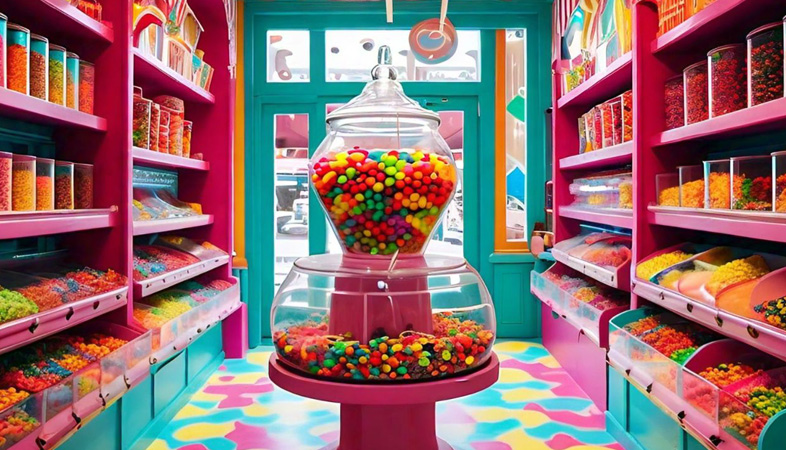The Psychology of First Impressions: How Front Desk Design Shapes Guest Perception
The design, layout, and ambiance of this space play a crucial role in shaping first impressions, setting the tone for the entire stay.
The moment a guest steps into a hotel, their experience
begins—not with the room, but with the front desk. The design, layout, and
ambiance of this space play a crucial role in shaping first impressions,
setting the tone for the entire stay. Psychology suggests that people form
judgments within seconds, making it essential for hotels to craft an inviting
and efficient front desk experience.
The front desk serves as the focal point of a hotel lobby, acting as both a functional check-in space and a symbol of hospitality. A cluttered, outdated, or poorly lit reception can create a sense of disorganization, while a sleek, well-designed desk with warm lighting and welcoming staff immediately puts guests at ease. Small details, such as the height of the counter, seating availability, and even scent, can influence how guests perceive the service and professionalism of the hotel.
Color psychology plays a major role in setting the mood. Neutral and earthy tones convey warmth and reliability, while blues and greens evoke a sense of calm. Luxury hotels often use deep jewel tones or metallic accents to create an air of sophistication. The choice of materials—whether it’s polished marble, wood, or glass—also affects the perception of quality and style. Even the placement of fresh flowers or artwork can subtly enhance a sense of exclusivity and care.
Technology has also reshaped front desk experiences. Some hotels are adopting minimalist, kiosk-based check-ins or mobile app solutions, reducing the traditional barrier between guests and staff. A streamlined, contactless experience appeals to modern travelers who prioritize efficiency. However, luxury hotels still emphasize personal interactions, ensuring that staff are positioned at eye level rather than behind an imposing counter to create a more welcoming and engaging exchange.
The layout of the front desk also impacts guest comfort. A spacious, open-concept reception fosters a relaxed atmosphere, preventing congestion during busy hours. Seating areas near the front desk offer a sense of hospitality, signaling that the hotel values guest convenience. In contrast, a cramped or overly rigid space can create frustration, particularly after long travel hours.
Scent branding is another subtle yet powerful tool used by hotels to create an immediate emotional connection. A signature scent in the lobby can enhance feelings of relaxation and familiarity, making guests associate the hotel with comfort. Similarly, soundscapes—whether soft instrumental music or the gentle trickle of a fountain—can reinforce a calming ambiance and make waiting times feel shorter.
A well-thought-out front desk design reflects a hotel’s commitment to guest experience. Whether embracing sleek modern aesthetics or timeless elegance, the goal remains the same: to make guests feel valued from the very first moment. A positive first impression ensures a seamless transition from arrival to relaxation, setting the stage for a memorable stay.
.png)





























